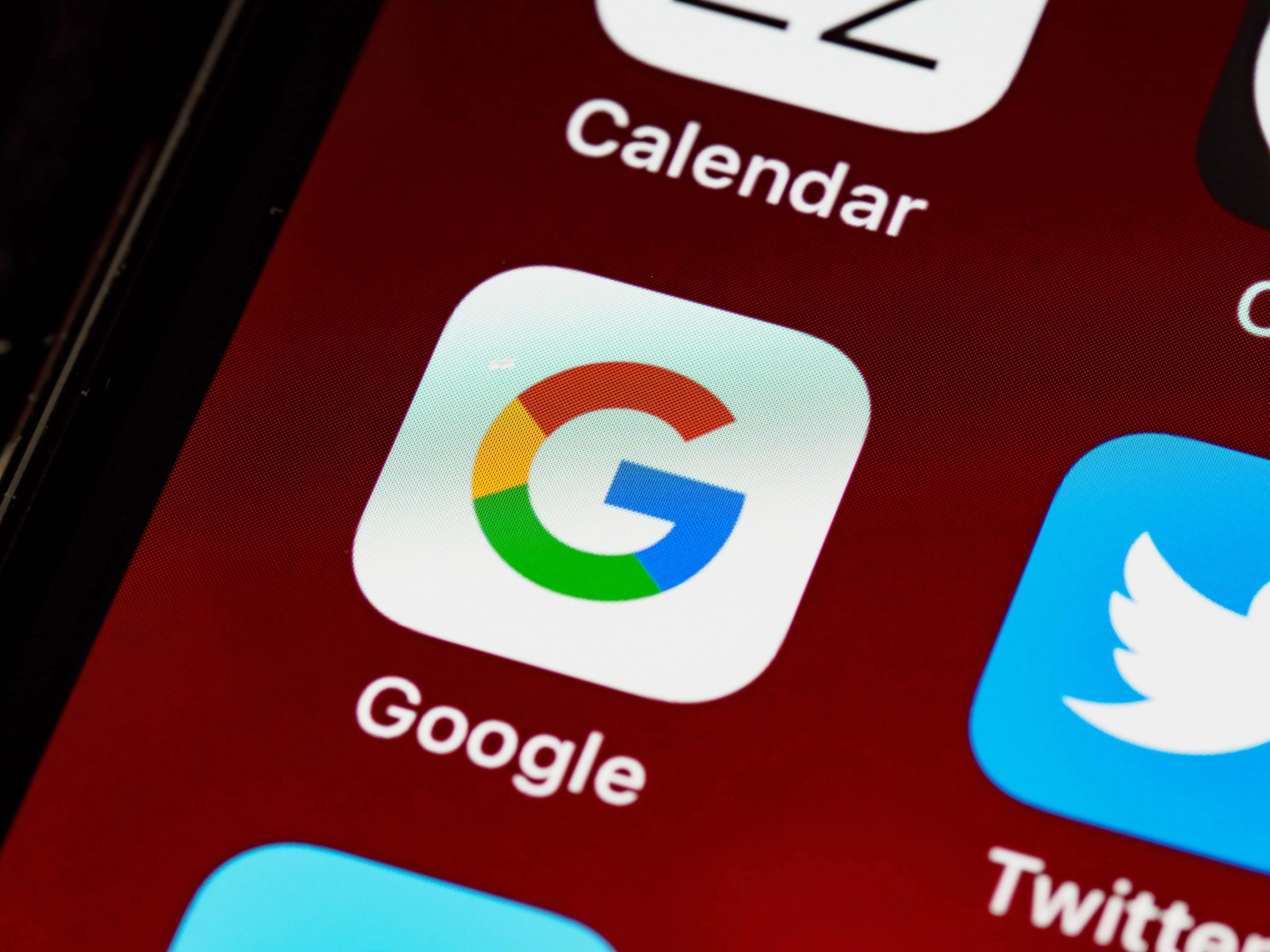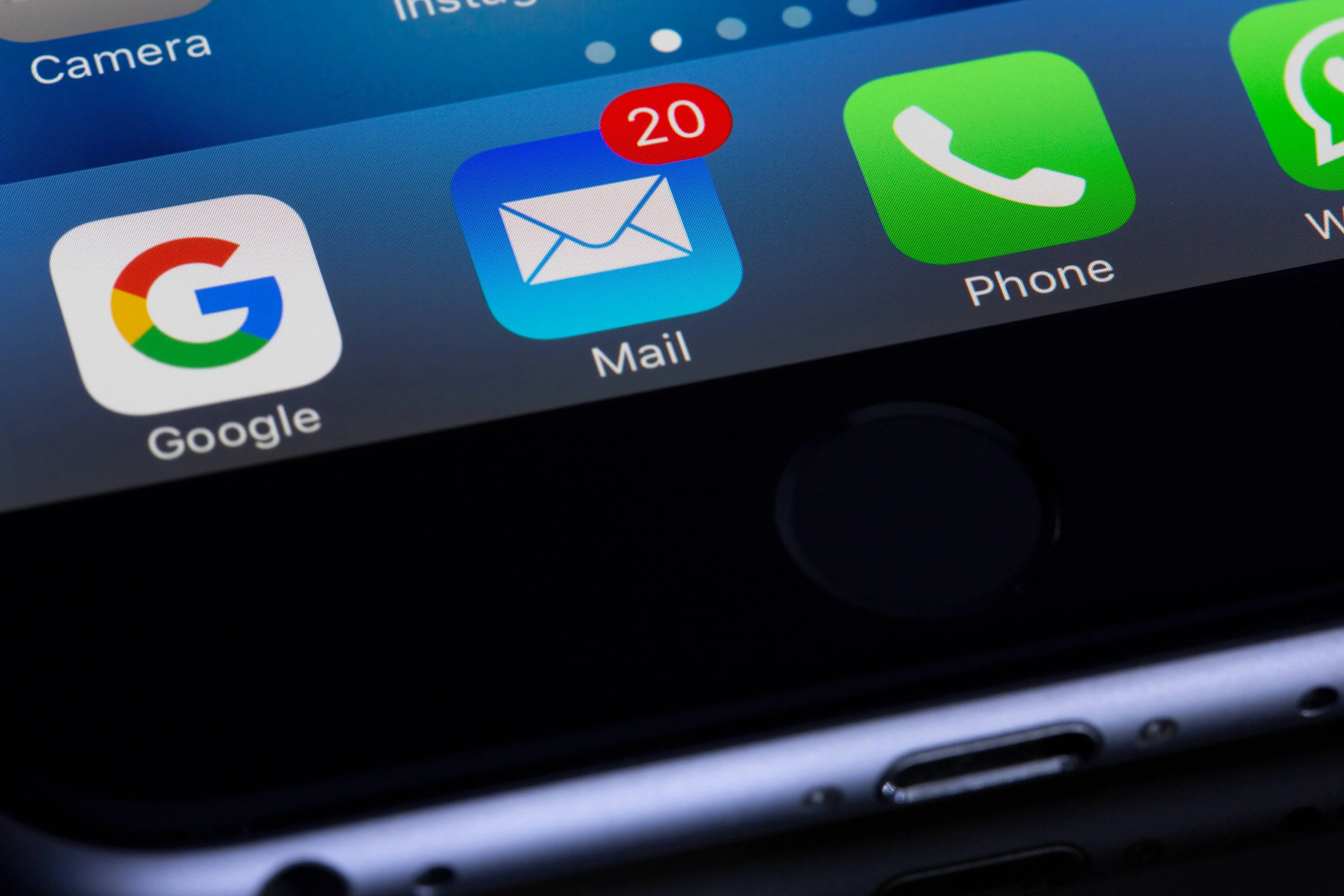Is typography important in email design?
Yes! Fonts act as an extension of your brand’s voice and are a perfect way to illustrate your brand’s intent. A good font can not only help make your emails readable but can also convey a range of emotions when chosen correctly.
However, keeping brand consistency within your emails can be challenging if your chosen email fonts are not supported by your end users’ email provider or device.
When used correctly, email-safe fonts are key to an effective email campaign. When it comes to email messaging, it’s best practice to use email-safe fonts when possible.
Here, we’ll delve deep into the best practices for email-safe fonts so you know which fonts are safe to use and which may cause trouble.
What's the difference between email-safe font & web-safe font?
The differences between web-safe fonts and email-safe fonts may not be noticeable at first glance, but looking a little closer, you'll see there are actually some key factors that distinguish web-safe fonts from email-safe fonts.
Let's start by looking at email-safe fonts. Email fonts that are deemed safe are those that are likely to be displayed properly across a wide variety of platforms without having any rendering issues.
Some mobile devices may not be able to support web fonts but email-safe fonts are typically more adaptable. Fonts like this are considered safe for email because they’re widely supported and considered to be the most commonly used across most devices.
On the other hand, “web-safe font" typically refers to fonts that are commonly found on web browsers and are considered safe to use for web design. Although mobile devices may not be able to support web fonts, these fonts are typically chosen because they’re widely available and compatible across many web and desktop-based platforms.
Web-safe fonts and email-safe fonts are both chosen to ensure that email text is viewable by the widest possible audience and that the message is effectively conveyed regardless of the recipient's device or software. While both email-safe and web-safe fonts serve to ensure that email text is viewable, the context in which they are used is what sets them apart.
Web-safe fonts are commonly used in web designs, whereas email-safe fonts are specially chosen for email marketing campaigns where the formatting and layout can be altered by numerous factors like email clients, their devices, and their settings.
Email-safe fonts are often limited to a select few in comparison to web-safe fonts, which include a wider range of variations for web design purposes.

Why can't I use any web font I want in emails?
Because of factors such as varying support across email clients, security concerns about external resources, compatibility issues with older clients, and the impact on email size and load time, the usage of any online font in emails is limited.
If your chosen or preferred web font is not supported, it’s not a total loss because there are plenty of options to fall back on. In most cases, these “fallback fonts” will be Helvetica, Arial, or a generic sans serif font (Sans serif fonts are those fonts without serifs, the stroke-like details on letters that give them more prestige or elegance).
A fallback font is a type of backup font that is used when a specific font isn't supported.
Each individual email provider will also have its own default fallback fonts, which your end user will see instead.
The three most popular desktop email clients have the following default font:
- Apple Mail: Helvetica
- Gmail: Arial
- Microsoft Outlook: Calibri
For example, if you wrote an email on Gmail using a fancy script, the fallback font supported by Google is Arial, so instead of seeing your curvy Dancing Script web font, Gmail users would see Arial.
The following email clients typically have good support for web default fonts:
- iOS Mail
- Apple Mail
- Android (default mail client, not Gmail app)
- Outlook 2000
- Outlook.com app
- Thunderbird
At the end of the day, selecting the appropriate font for your emails can make or break your marketing campaign. Not all email clients will open your message on the same device, so it’s important that you choose wisely and make sure that the font you select can be supported across multiple platforms.
What fonts are safe for email?
There are hundreds of thousands of web fonts available, and all fonts can be categorized into four font families. The four email and web font families are Serif, Sans Serif, Decorative, and Script. From there, you also have system fonts and web fonts.
Let's take a look at email-safe fonts.
Popular email-safe fonts
When it comes to email-safe fonts, there are a few popular options that are commonly used by marketers to ensure that recipients see their emails in the intended font. These web fonts are typically already installed on most devices and web browsers, so they’re a safe choice for an email safe-font.
- Arial is a sans-serif font. It’s clean, easy to read, and widely available on most devices and web browsers.
- Verdana is another one of the popular sans-serif fonts that works well for most screens. It is easy to read and highly legible, making it a good choice for both web fonts and email-safe fonts.
- Georgia is a serif web font that was designed to be used on the web. It has a classic and elegant look that works well in emails that require a more formal tone and is a good choice for longer or more professional emails.
- Times New Roman is a classic serif font. It has a traditional look and is used often in formal documents like resumes, cover letters, and academic papers. Times New Roman is an email-safe font for communications requiring a more formal tone.
- Courier is a monospace font that is typically used for programming code or technical writing. Courier’s distinct look sets it apart from other fonts and is commonly used for emails that need a more technical or analytical tone, like those that include tables, charts, or other data.
Does font size affect the weight of an email?
Yes, font weight and size will impact how the font appears. When writing for email, it’s important that you choose a font size and weight that is readable.
Font weight is the overall thickness of the font, like bold for example, which is heavier in weight than the regular font. Making a font too large and bold takes up more space in an email, and your email message may not fit the screen well for mobile users.
However, using text that's too light in weight or small in size can pose issues too. To make sure your message can be easily read, we at Patch recommend our clients keep their headline font size between 20-26px and the body font between 14-18px and use regular text throughout the body and bold for headings or important statements.

Discover Patch's array of web fonts for email clients
Patch’s new drag-n-drop Email Builder takes the guesswork out of using web fonts in your emails, as they are built right in!
Here is a full list of our preset fallback default fonts:
- Arial -> Sans-Serif
- Bebas Neue -> Sans-Serif
- Caveat -> Cursive, Serif
- Comic Sans MS -> Comic Sans, Sans-Serif
- Courier New -> Monospace, Serif
- Dancing Script -> Cursive, Serif
- Georgia -> Serif
- Helvetica -> Sans-Serif
- Lato -> Sans-Serif
- Montserrat -> Sans-Serif
- Nunito -> Sans-Serif
- Open Sans -> Sans-Serif
- Poiret One -> Sans-Serif
- Raleway -> Sans-Serif
- Roboto -> Sans-Serif
- Times New Roman -> Serif
- Verdana -> Sans-Serif
Now that you understand the difference between a web-safe font and an email-safe font, you should be able to confidently determine which email fonts are right for your marketing efforts.
Do you want to give our editor a try to see how easy it is to create beautiful, responsive emails? Do you want to attract and retain more email clients? With Patch, you can use our drag-and-drop email editor, fine-tune every nitty-gritty detail, or send simple plain text emails; the options are truly endless.
Schedule a free demo today and see all that Patch has to offer.